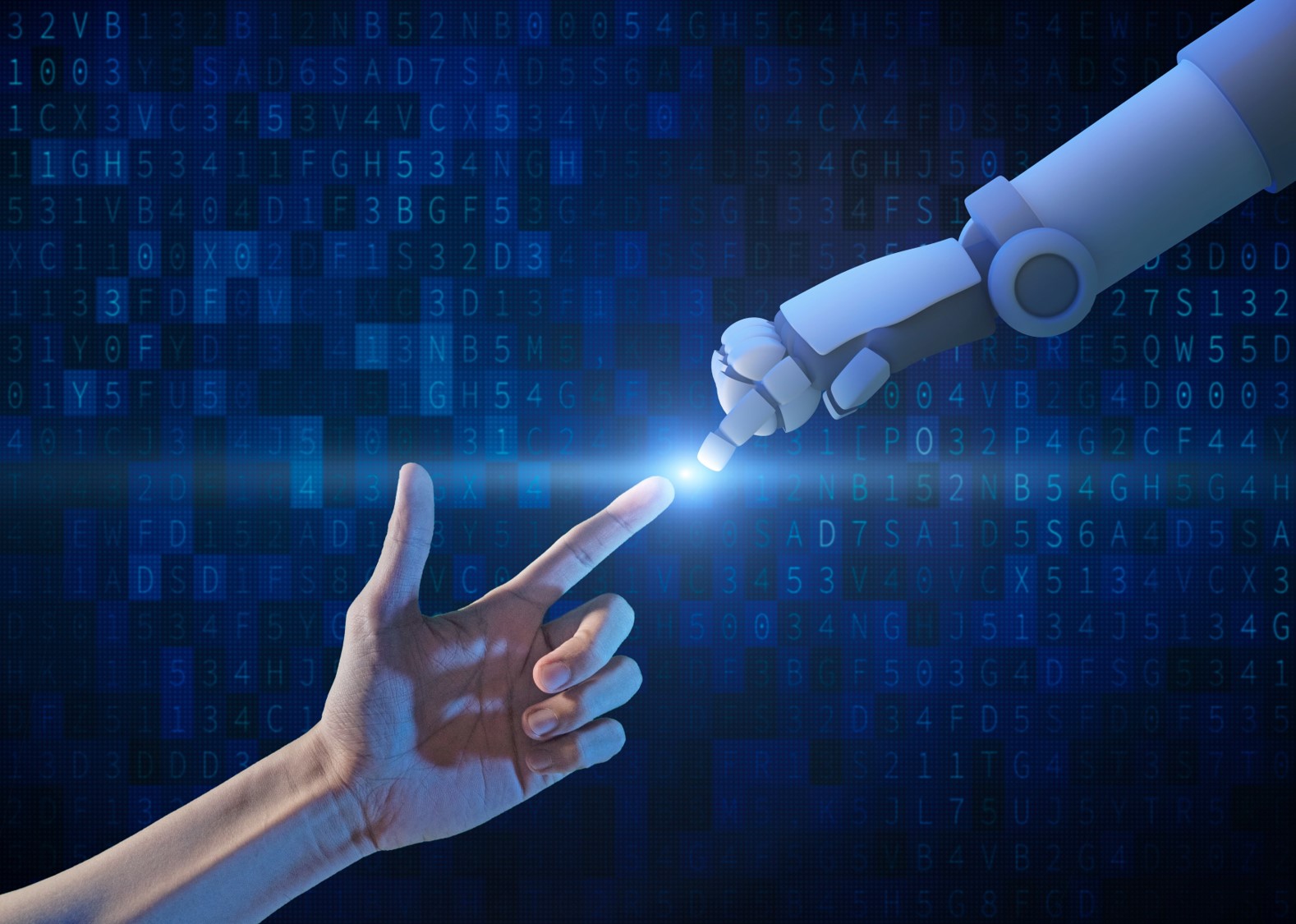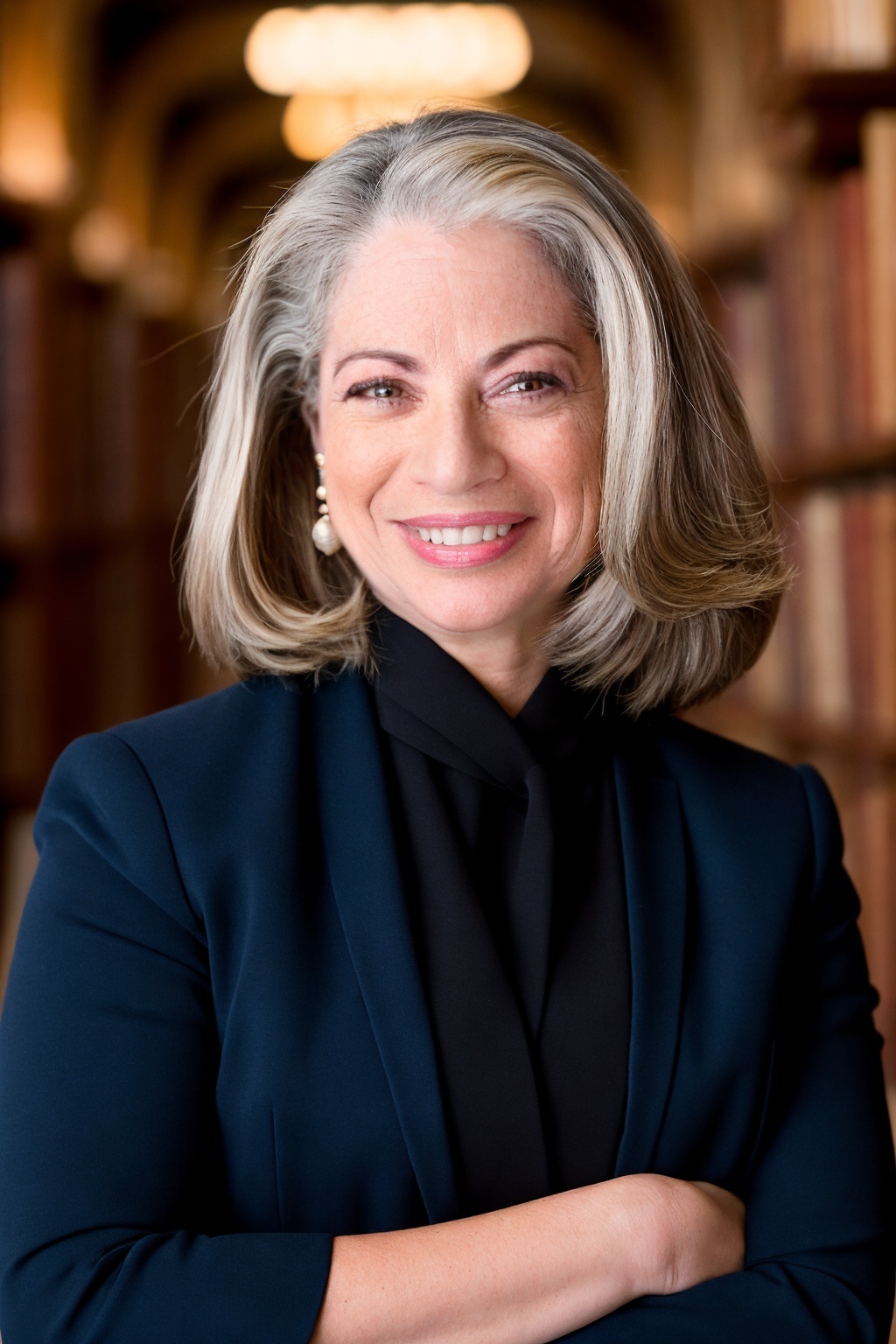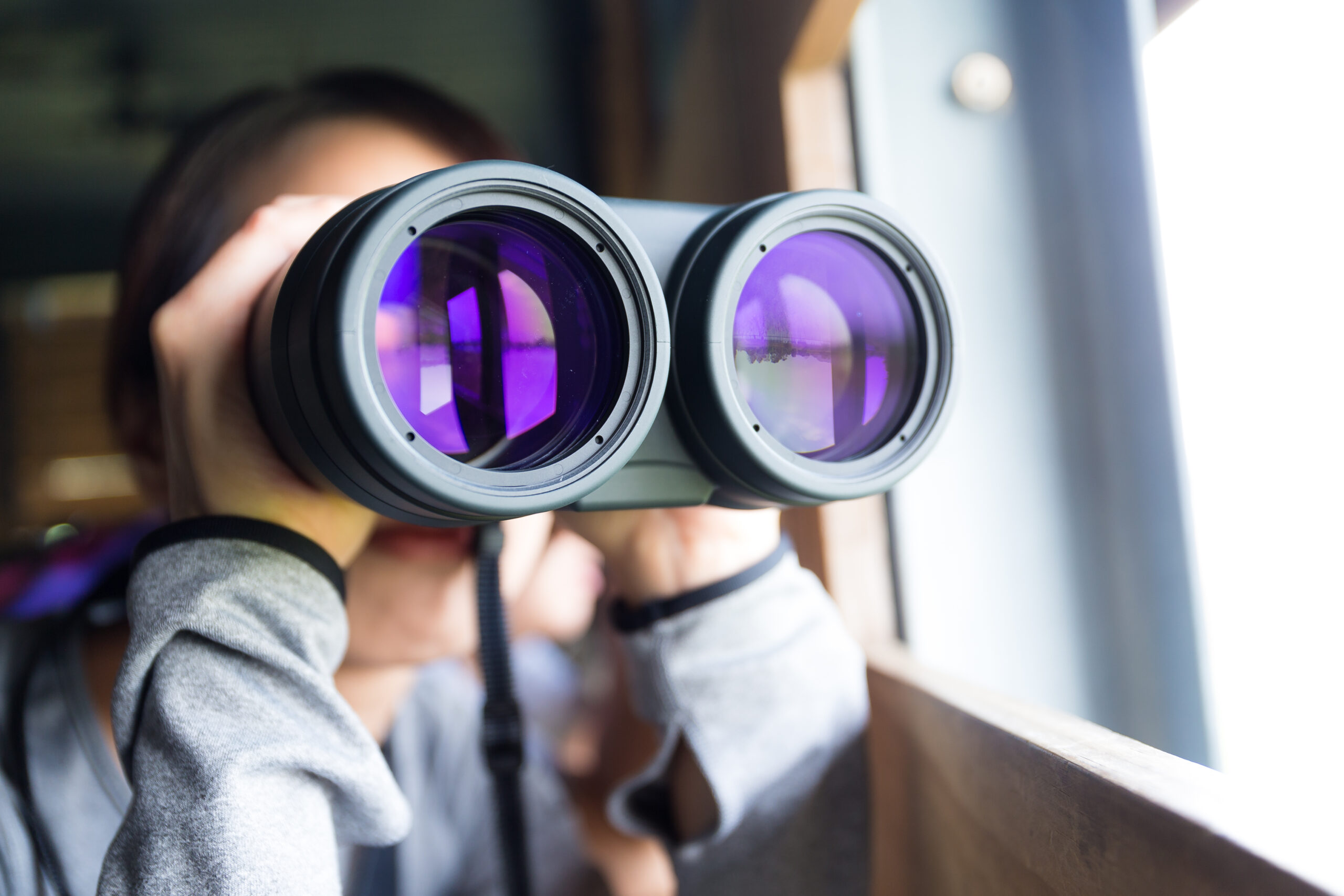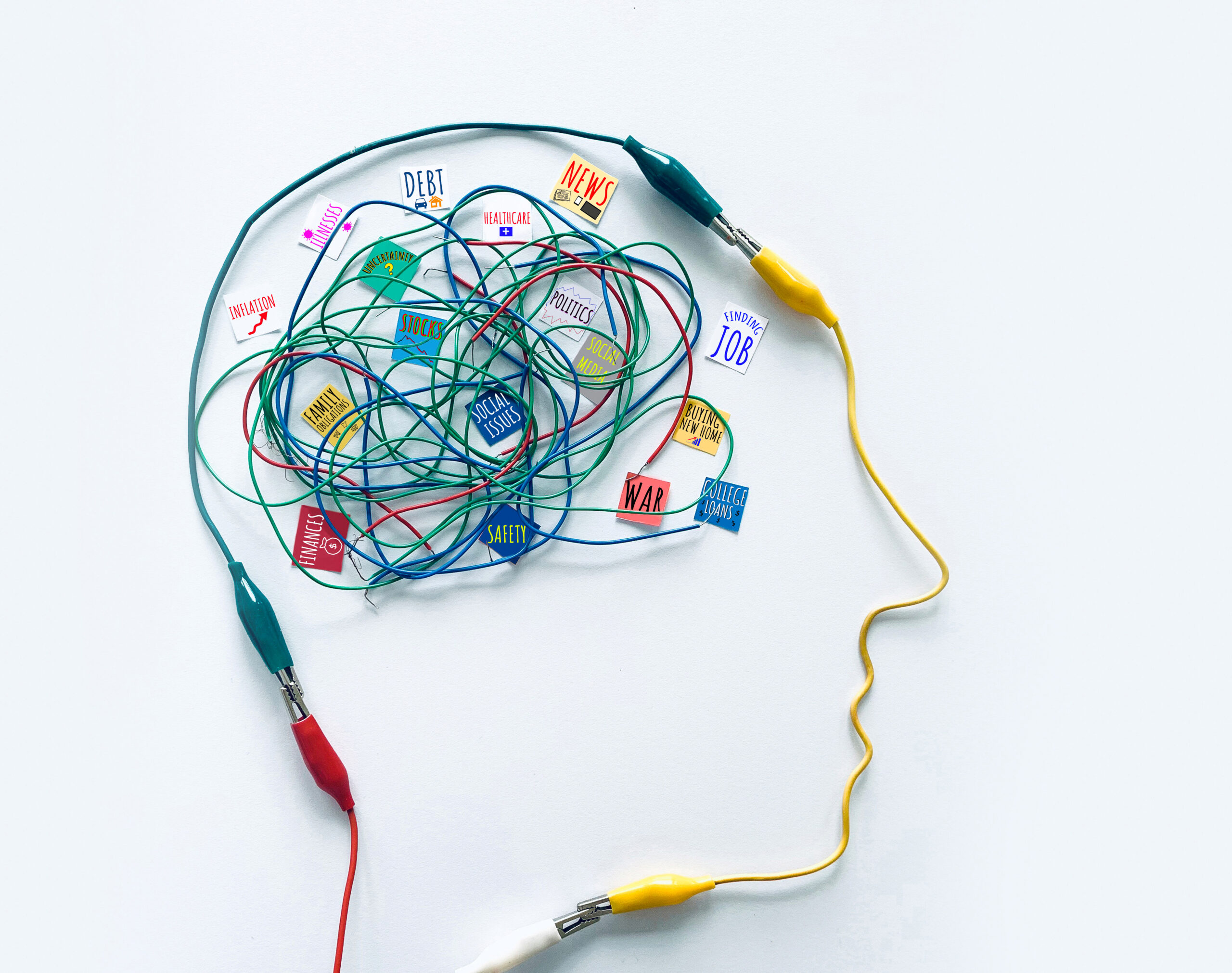I was greeted one day with a response on Twitter from an artist about AI generated art characterized as a creatives person’s worst nightmare: “Problem is, OpenAI is a criminal organization that’s profiting from copyrighted content that it didn’t pay for. They are literally paying their bills with our data every day.”
The tweet was accompanied with an article entitled: “DALL-E works with the images of creators who do not receive anything in return: what copyright says about AI,” The article’s premise, “The images of DALL-E are amazing, but the AI is not starting from scratch. If they can create them, it is because they have been trained with millions of images from the internet. Sometimes the resulting image is extremely similar to the original photo.
This has sparked debate again: isn’t AI infringing the copyrights of the original artists or for that matter, content creators?
Calling Open AI a criminal organization was clearly an over-reaction but the intensity of the person’s comment was real and it hit home. Our adtech firm offers AI generated art and content so I had to ask; was I aiding and abetting criminals?
To answer this question thoughtfully required a thoughtful approach. So let’s start with a history lesson.
A brief history of copyright laws.
In the United States, copyright law is governed by the Copyright Act of 1976. This act was created in order to codify and update previous copyright laws in the United States. The Copyright Act of 1976 covers a wide range of topics related to copyrights, including the rights of authors, artists, and musicians.
One of the most important aspects of the Copyright Act is that it protects an author’s right to their work. This means that an author can control how their work is used and reproduced. An author can also choose to sell or license their work to others including the application of fair use in Copyright laws which allows for the use of copyrighted material in certain circumstances, such as for criticism or commentary. However, fair use is not unlimited and there are some restrictions on what can be considered fair use. One notable case involving copyright law is Harper & Row v. Nation Enterprises (1985). In this case, the Supreme Court ruled that fair use does not protect against unauthorized publication of material when that publication will cause harm to the market for the original work. This ruling has been cited in many subsequent cases involving copyright law.
Since 1976, the application of copyright laws has been inconsistent as the Internet allowed for the duplication of art and content with virtually no limits. Undoubtedly, this put copyright laws on a collision course with the realities of digital publishing as I noted as far back as 2010, in this article (AdAge) about the challenges: Is copyright the buggy whip of the digital age? https://adage.com/article/digitalnext/copyright-buggy-whip-digital-age/142815. “Exploring Balance Between People’s Desire to Share Content and Creators’ Right to Compensation so have copyright laws outlived their usefulness in the digital age?” was the question on my mind as I joined some of the most prestigious copyright lawyers last week for a conference sponsored by the CCC (Copyright Clearance Center) called “The Collision of Ideas.”
My conclusion back then, was that innovation was needed to create new types of compensation structure for artists that works in the age when all types of content can flow freely (pun intended) to broad audiences.
What I hadn’t anticipated is AI’s advancements in the area of “original creative products.” This new development gummed up an already complex situation, making it even worse.
So how should we think about it now?
The AI horse has left the barn.
The first reality, like it or not, is that AI is here and it is having an impact about how we think of creative products.
The second, perhaps more unpleasant, reality is that debate has not led to any substantive innovation on this front. In the 2010 article, I recount a potential solution coming from Mr. Jim Griffin, who was founder of OneHouse. He was working on; “developing a new model of music and entertainment delivery to pay content creators based on an “actuarial” model where groups can share revenue collectively.” His passion was deeply felt as he believed; “…content must flow freely given its capacity to improve the human condition. The current copyright model to an “old vine we cling to,” unsuited for today’s digital world.”
There was no substantive innovation since 2010 and the situation has become infinitely more complicated because AI’s ability to monetize other people’s artwork is deeply entrenched, invisibly into our digital experiences.
Every time, for instance, someone does a Google Search, Google is monetizing that search via its Search ad platform by aggregating other people’s content without sharing any of the revenue with the publishers that created it. It’s sad but true that copyright laws have been in retreat in the face of tech’s ability to create and distribute vast amounts of content compared to human’s more limited capacity.
This means it is becoming increasingly difficult to draw a clear line between what is protected works versus derivative works that are entirely original. AI advocates, reasonably argue that just as human may create a new image of an apple after seeing an entire gallery of apple images, AI is merely doing the same thing. It is not “patching” together different bits of content or images, it is, in fact, writing new content and “drawing” new images, similarly to how a person draws inspiration from everything around it.
Can artists and AI learn to play together?
The question of whether artists will adopt AI generated art or will they always fight it is one that has been debated for some time. There are those who believe that artists will eventually come to accept AI generated art as a legitimate form of art, and there are those who believe that artists will always fight against it.
It is difficult to say which side will prevail but it is worth looking at how other creative products have changed due to technology.
For example, photography has changed dramatically since its inception. The introduction of digital cameras and editing software has made it possible for anyone to take and edit photos. This has led to a decrease in the demand for traditional photographers but opened up a new genre of digital art even leading the wildly popular NFTs we have today.
Similarly, the introduction of computer-generated music was greeted with great skepticism. Yet, as we now know, it did not lead to the demise of musicians but rather allowed for entirely new forms of music to be created.
In both cases, there are those who believe that the quality of the art has decreased as a result of the technology but far more people believe technology has simply made it possible for more people to create art.
It is impossible to say for sure how this plays out, however, my hope is that, in time, artists will come to accept co-created AI generated art and content as contributing to their creatives capabilities – not diminishing their ownership rights over existing creative works.
At this point it would be understandable if you are wondering; did AI create this article? My more impish self wants to leave this an open question. Yet my slavish devotion to transparency won’t permit me to indulge this mischievous inclination. So the answer to this question is that this is a machine/ human co-creation. It’s not an either/ or proposition but a new type of collaboration. While artists’ resistance to AI generated creative is understandable, perhaps with a reframing, artists and AI can become fast friends.





